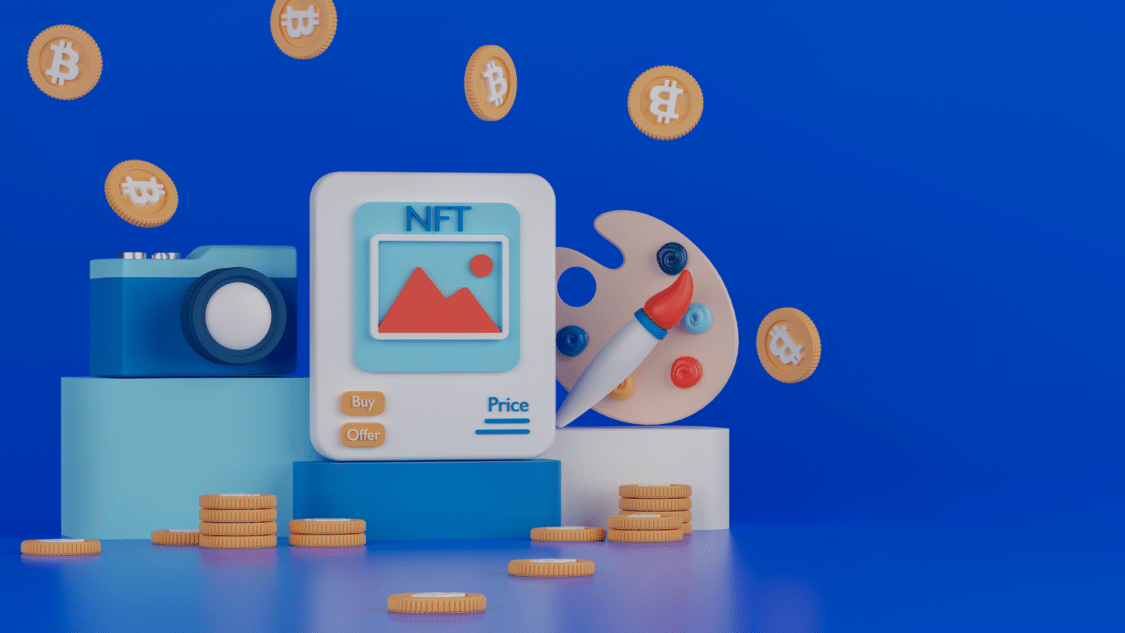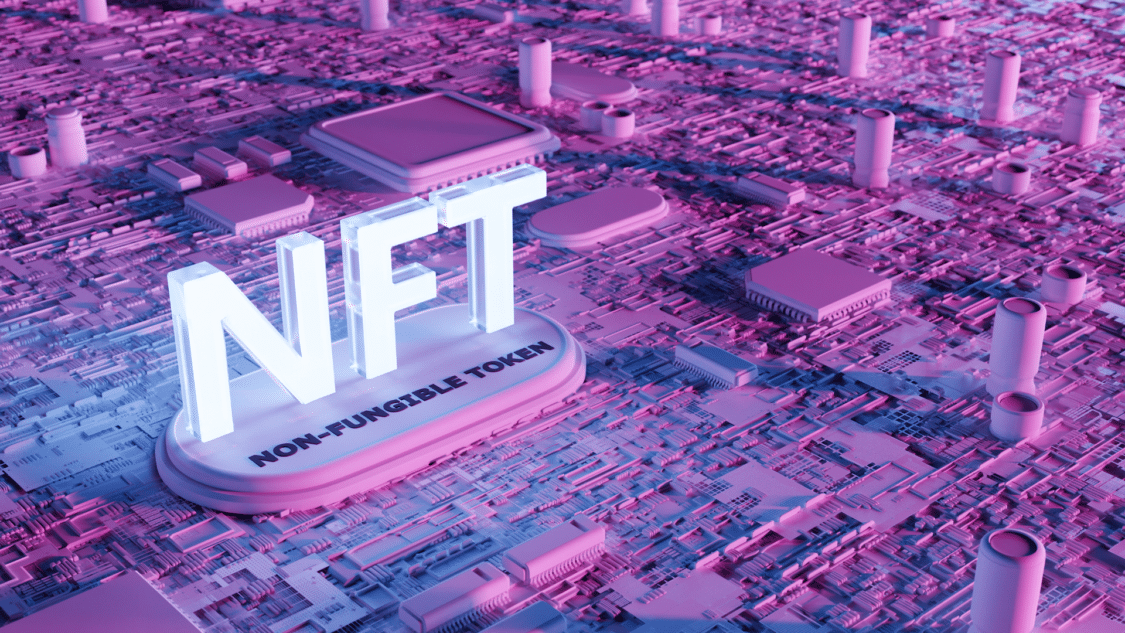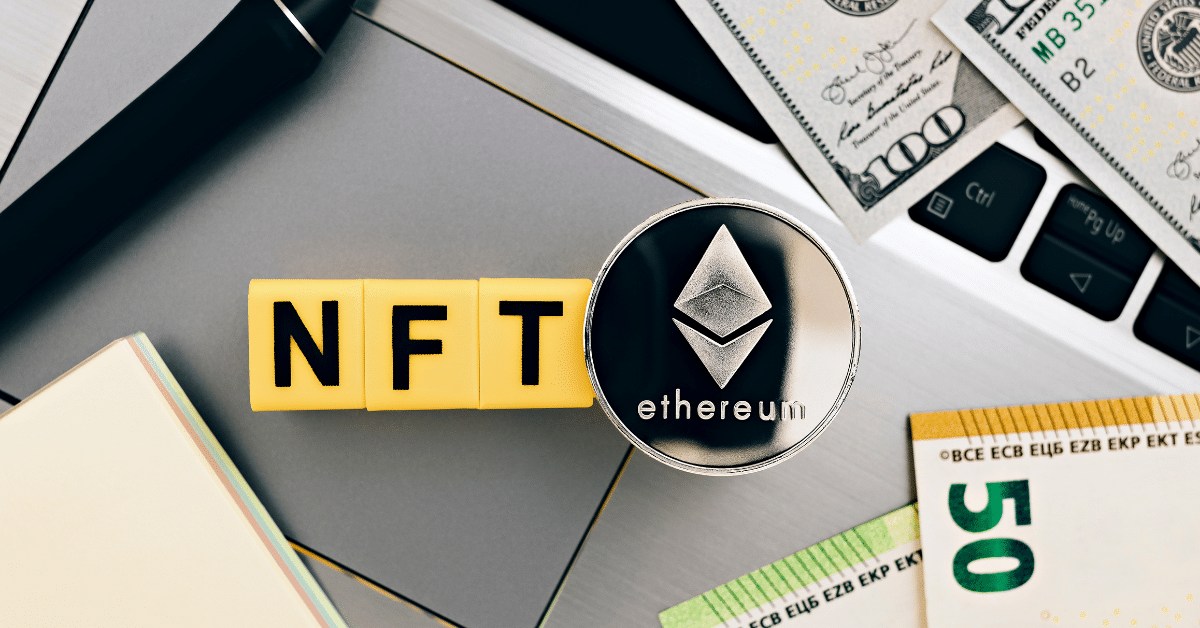What are NFTs (nonfungible tokens)? If something is nonfungible, it is not interchangeable with something else. It is unique, and typically only one exists, making it irreplaceable.
What is considered an NFT?

Many examples of nonfungibles include a house or a famous painting like the Mona Lisa. Of course, a picture of the artwork can be taken, and it will look the same as the original, but only one copy of the original painting exists. That one copy cannot be replaced; therefore, it is one of a kind. The same goes for a house; there is one original, even if someone rebuilt the same house.
What exactly are NFTs used for?
In the digital world, an NFT token is one of a kind, as we previously discussed. You can buy and sell it similarly to buying and selling property or artwork; however, it is not tangible in this case. These tokens act as certificates of ownership for assets on a smart contract. It is not replaceable, and people often view them as collectible items.

Another unique characteristic of NFTs is that they are not exchangeable for another token, as the typical dollar or quarter. Each token is unique, represents a different notion, and is worth a different amount. Therefore, exchanging one for another is not the norm.
Aside from that, each NFT is also unique and special because they are non-divisible, and you cannot split or divide them in any way. The proof of authenticity of a nonfungible token comes from within the blockchain network. Because of ownership rights, these digital assets are freely able to move. This is what an NFT is in the digital world. They have been around since 2014 but are only becoming popular recently. Since November 2017, approximately $174 million has been spent on NFTs.
Where can NFTs be purchased?
They are offered for sale in various places, including online marketplaces, traditional auction houses, and private sales. Below, we will mention some common marketplaces that sell NFT and a wide range of other digital assets.
- OpenSea: OpenSea is currently the largest NFT marketplace, offering a broad range of digital assets for sale. Users can buy, sell, and explore NFTs from diverse categories, such as art, collectibles, gaming items, and more.
- Rarible: Rarible is another famous NFT marketplace that enables users to browse and buy non-fungible tokens from different categories, including music, art, memes, and more.
- SuperRare: SuperRare is a curated NFT marketplace that includes exclusive and limited-edition digital artworks from the most renowned artists in the industry.
- Nifty Gateway: Nifty Gateway is a popular marketplace specializing in digital art and collectibles. The platform offers a user-friendly platform and a variety of payment options, such as credit cards and cryptocurrencies.
- Foundation: Foundation is an invitation-only NFT marketplace that features exclusive and high-quality digital art and collectibles from some of the industry’s most well-known artists.
- KnownOrigin: KnownOrigin is a UK-based NFT marketplace specializing in digital art and collectibles. The platform offers a unique verification process that ensures the authenticity of each NFT listed.
- AtomicMarket: AtomicMarket is a decentralized NFT marketplace running on the EOS blockchain. The platform offers various digital assets, including gaming items, collectibles, and more.
How are NFTs created?
Making a non-fungible token is as easy as registering an ownership record on a blockchain network. Although this somewhat technical process known as minting is quite difficult, a variety of software options will do the work for you.

It’s not the creation that’s difficult but rather the selling of the product that is more important. Just because you made an NFT, there is no guarantee that people will buy it. Successful NFTs put a lot of effort into marketing the project and creating a community around it. Making a quick sketch into an NFT and selling it on the exchange has little chance of making you rich.
Are they risky investments?
They carry risk just like any other investment. They are unregulated, and the attention and hype surrounding them may cause volatility. For example, someone may buy an expensive NFT only to find out later that it is worth little. Liquidity is problematic with NFTs because they can’t be easily converted into cash.
How is an NFT different from Bitcoin?
A (Non-Fungible Token) differs from Bitcoin in various ways. Including nature, purpose, and technical implementation. Here are some of the essential differences between Bitcoin and NFTs
- Fungibility: Bitcoin is fungible. Fungibility means that each unit of Bitcoin is interchangeable with another unit of Bitcoin. As opposed to NFTs which are referred to as non-fungible tokens. Meaning each NFT is unique to its kind. Another NFT cannot replace them with the same value.
- Utility: Bitcoin is mainly a decentralized digital currency, allowing for peer-to-peer transactions without intermediaries like banks. NFTs, however, are digital assets representing the ownership of a certain item, whether in the realm of artwork, music, or collectibles.
- Technical implementation: Bitcoin is based on blockchain technology, enabling secure and transparent transactions without intermediaries. In addition, NFTs run on blockchain technology but are typically implemented using a different standard called ERC-721 or ERC-1155 on the Ethereum blockchain.
- Value: The value of Bitcoin is primarily established through supply and demand in the market. Its price fluctuation is often due to investor sentiment, adoption, and regulatory developments. The value of NFTs, however, is determined by various factors such as the uniqueness, scarcity, and popularity of the digital asset it represents.
In summary, Bitcoin and NFTs are based on blockchain technology; however, they serve different purposes in the industry. In addition, they each have their technical implementations. Bitcoin is a fungible digital currency, while NFTs are unique digital assets representing ownership of a specific item.
What are the advantages and disadvantages of using NFTs?
NFTs have brought many advantages to the digital asset industry. They are providing creators and collectors with a new way to establish provenance and authenticity while offering a unique asset that can be traded and potentially increase in value. NFTs operate on blockchain technology, providing transparency, security, and decentralization.
However, NFTs also come with their own set of disadvantages. They have high costs associated with the creation and selling process. This may prevent smaller creators and collectors from participating. The energy required for blockchain technology may contribute to environmental concerns. NFTs may also be exposed to speculative bubbles and illegal activities in an unregulated market. Additionally, the exclusive nature of NFTs may perpetuate exclusivity in the art world. It is critical to carefully balance their benefits and drawbacks to assess NFTs’ potential influence and viability in the long run, like with any newly introduced technology.
What are the most popular types of NFTs, and why?
Here are some of the more popular types of NFTs and why they have gained popularity:
- Digital Art: Digital art is the most widespread type of NFT. Digital art NFTs allow creators to showcase and monetize their digital artwork, which was once difficult to sell. NFT has opened doors for artists allowing them to create unique, one-of-a-kind pieces that can be bought and sold on blockchain marketplaces.
- Sports Collectibles: NFTs have also gained popularity in the sports industry. Professional athletes and teams have begun to release NFT collectibles, such as trading cards, game highlights, and even virtual real estate. NFTs offer fans a new way to connect with their favourite sports stars and teams while providing a new revenue stream for athletes and organizations.
- Gaming Items: Non-fungible tokens have been commonly used in the gaming industry, enabling players to buy and sell unique in-game items, such as skins, weapons, and avatars. NFTs give players a physical object they can trade and possess, offering virtual gaming experiences a whole new level of value.
- Music: Musicians are also starting to use NFTs to monetize their music, with some releasing limited edition NFTs that provide fans access to exclusive content or experiences, such as backstage passes, meet-and-greets, and VIP tickets. NFTs provide artists with a new revenue stream while giving fans a unique and tangible way to support their favourite musicians uniquely.
- Virtual Real Estate: NFTs can also be used to represent virtual real estate in online gaming worlds, such as Decentraland and Sandbox. These virtual worlds allow users to buy and sell land, buildings, and other assets using NFTs, building a new market for digital real estate.
In summary, the most popular non-fungible tokens offer unique and exclusive digital assets that can be purchased and sold on blockchain marketplaces. These include digital art, sports collectibles, gaming items, music, and virtual real estate. As the popularity of NFTs continues to grow, we can assume to see new and innovative uses for this emerging technology.
Closing Thoughts:
With the help of NFTs, we can develop new distribution channels and monetization strategies for creators by combining the advantages of the physical and digital worlds. It offers raw strategies for interacting with and empowering like-minded people. It’s up to us to be creative with innovative and fun ways to use what they offer.
While non-fungible tokens have attained significant attention and popularity in recent years, concerns still exist surrounding their long-term viability and impact on art and society. Many argue that non-fungible tokens contribute to the already-existing problem of wealth inequality and commodification of art. In contrast, others see them as a democratizing force that can empower artists and creators.
Regardless, non-fungible tokens have undoubtedly created a new frontier in digital art and collectibles, and their potential applications and impact are still unknown. They could potentially play a significant role in how we value and exchange digital assets as technology grows and the world becomes more digital.




